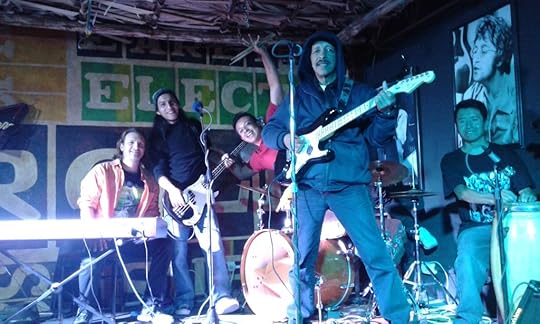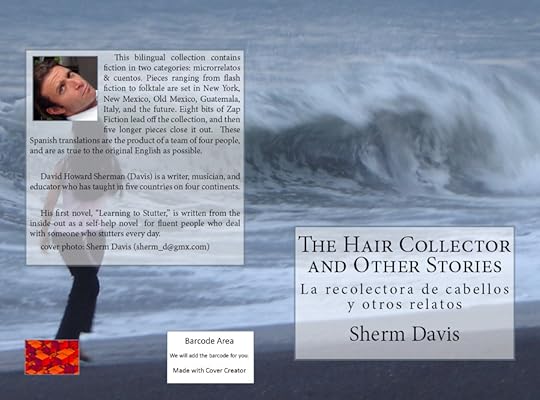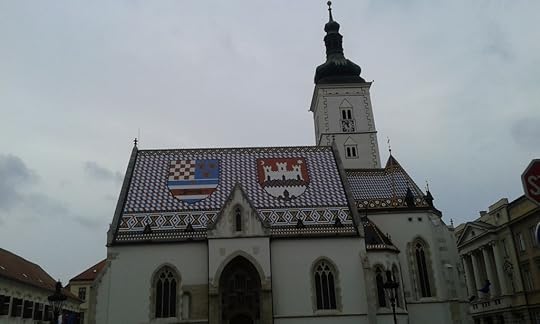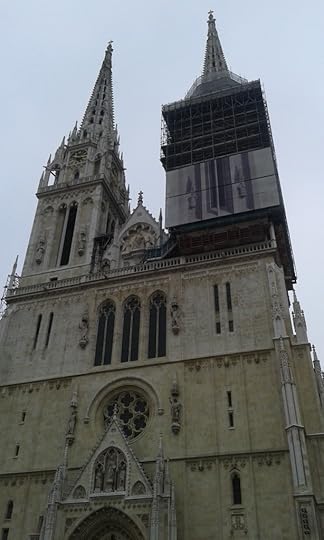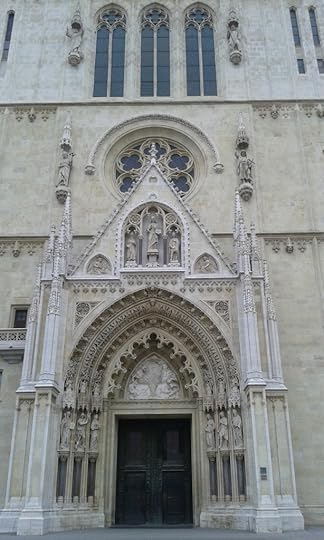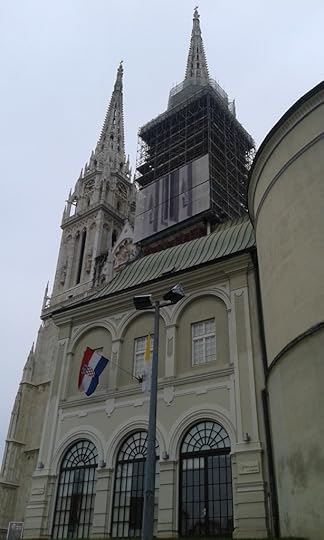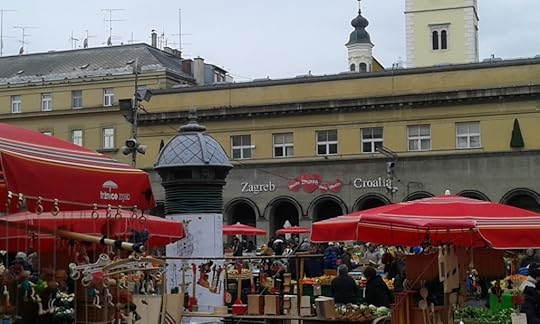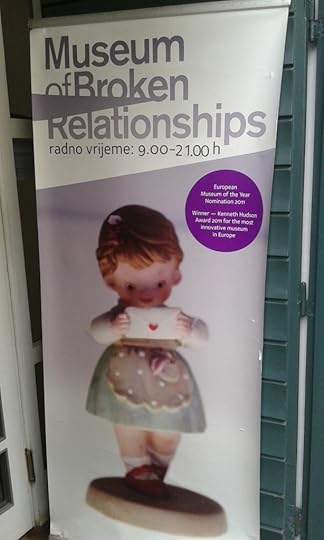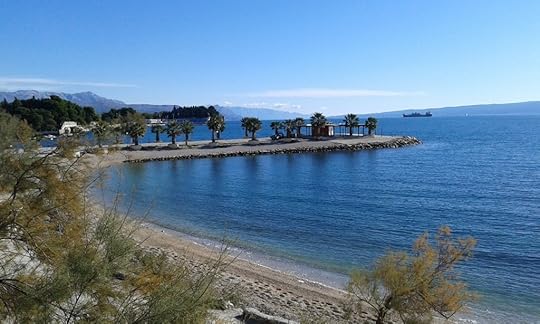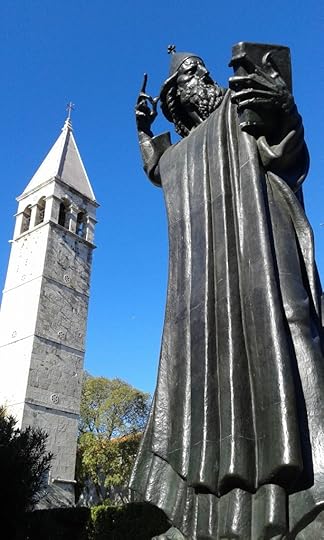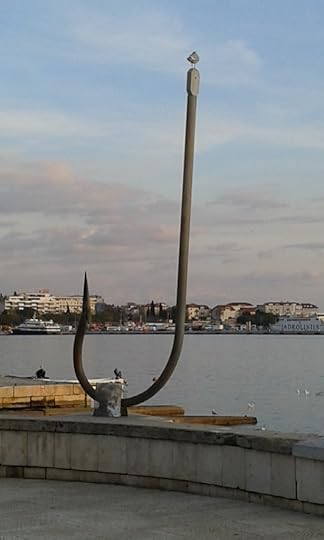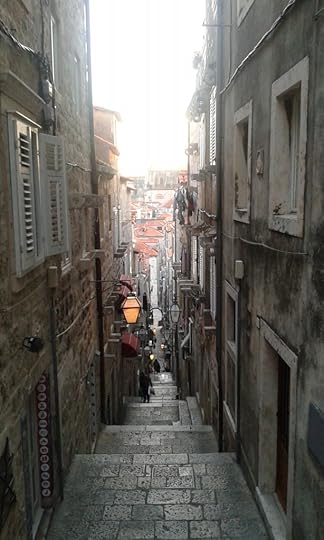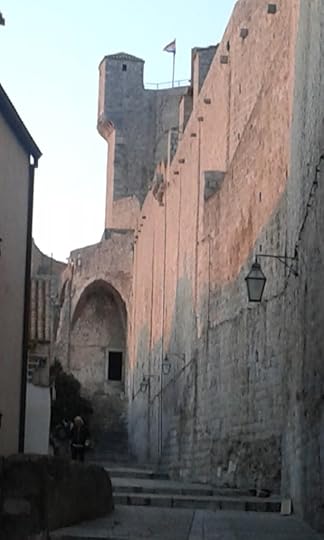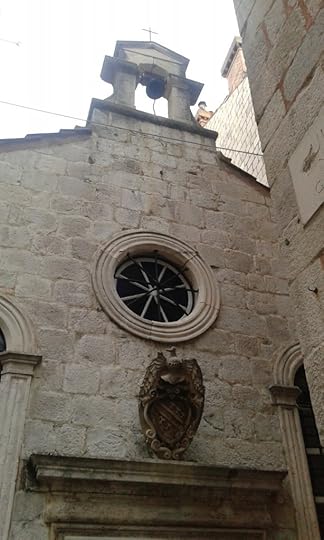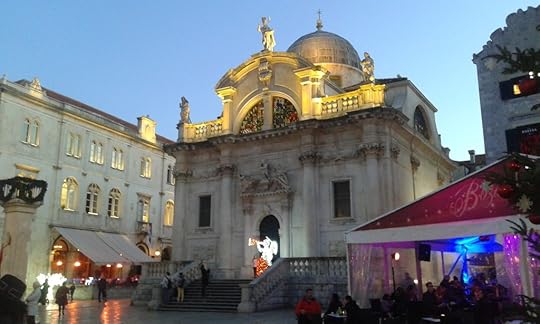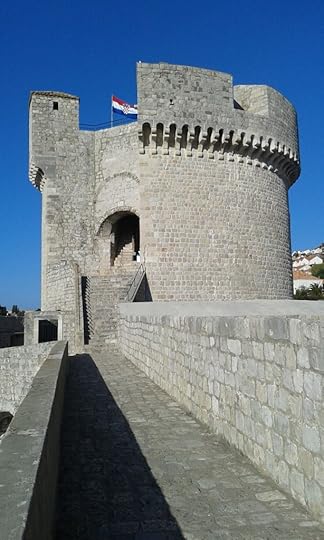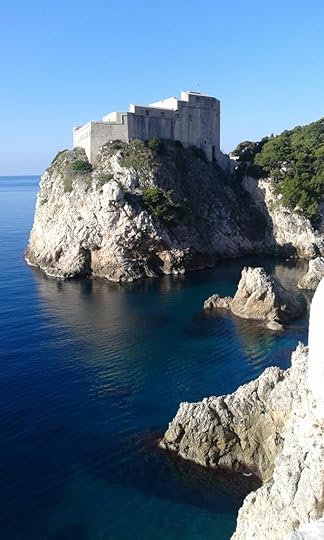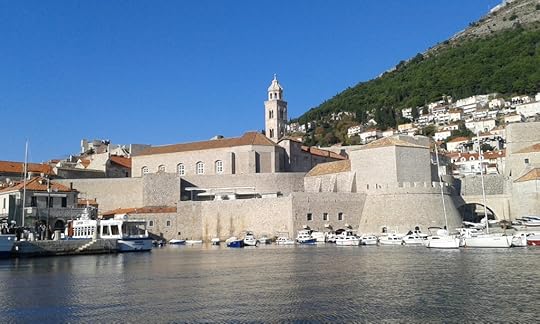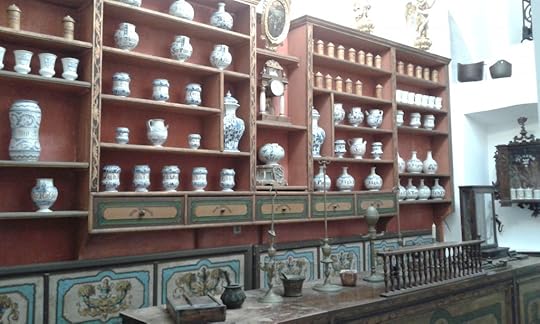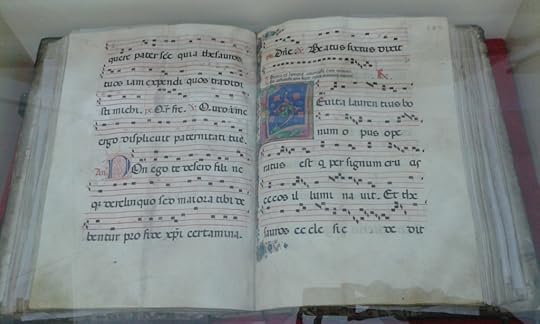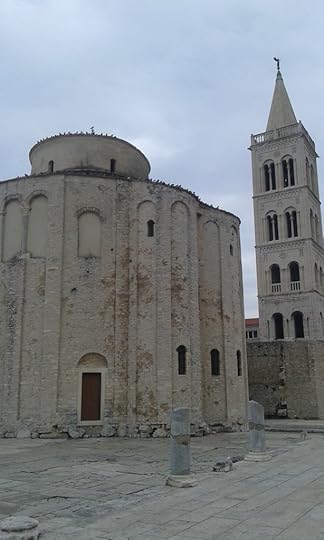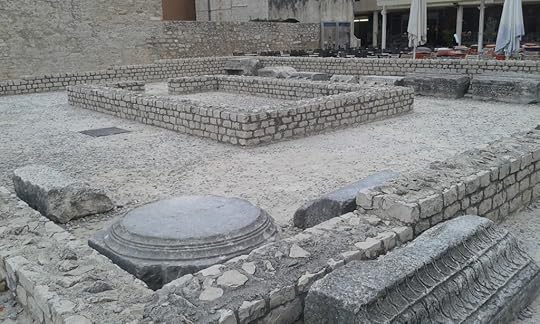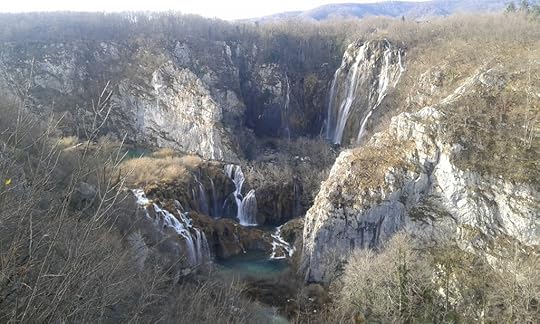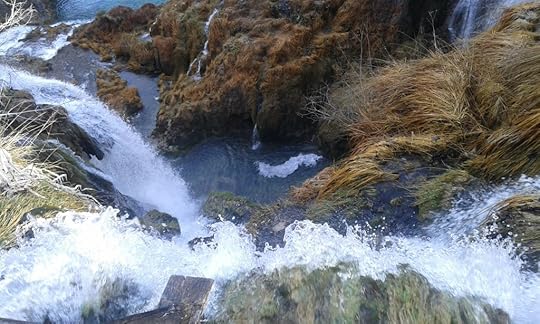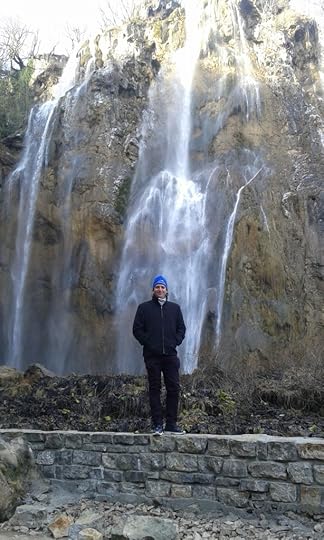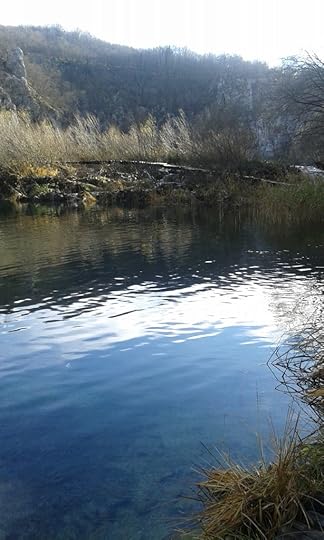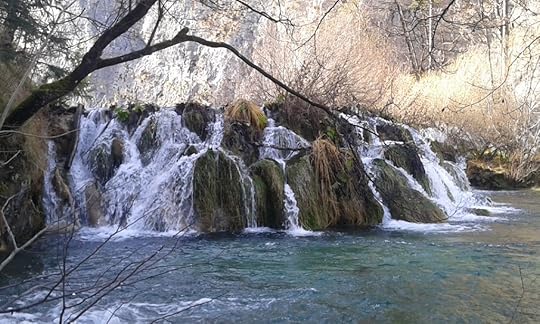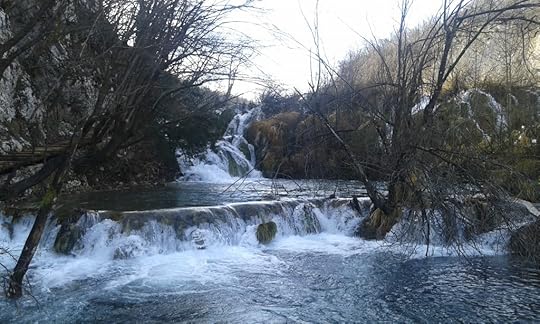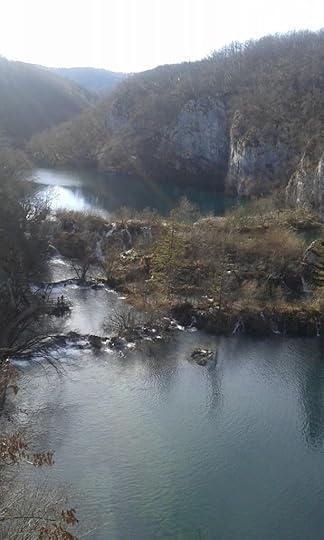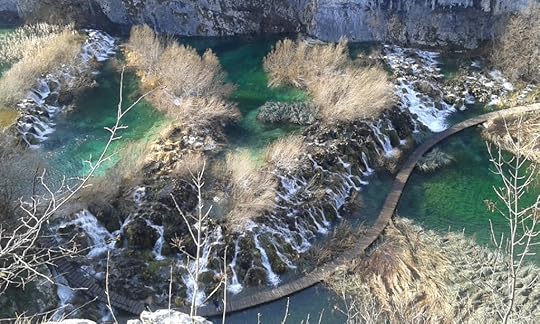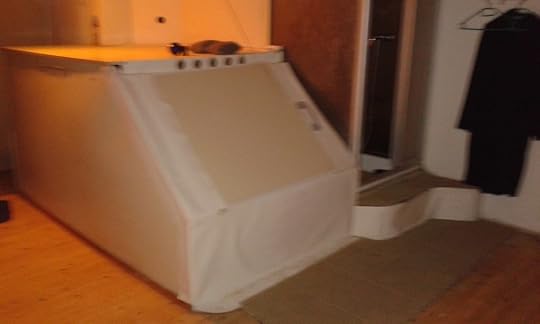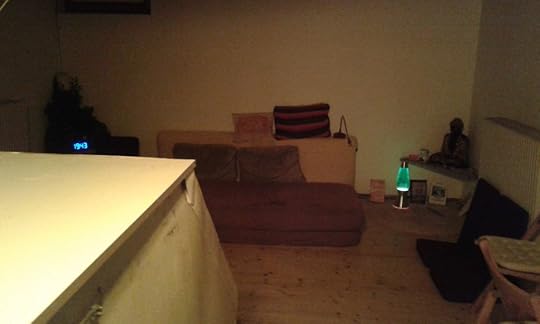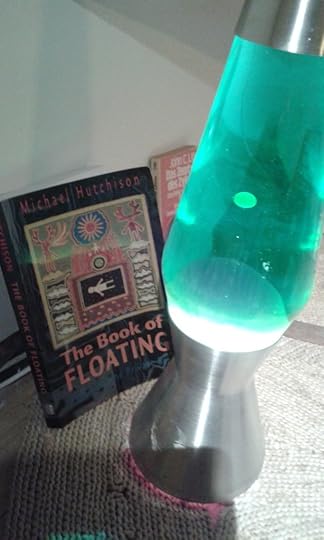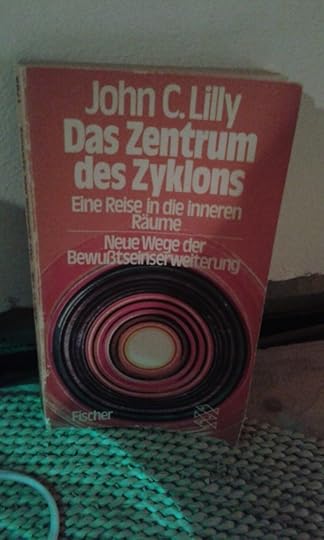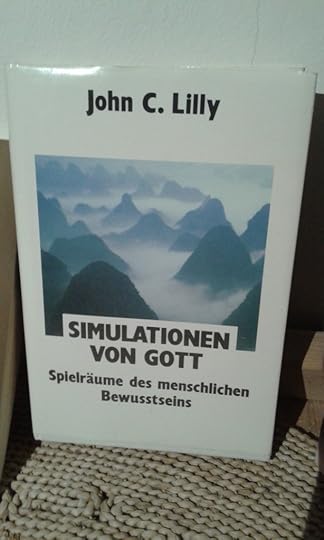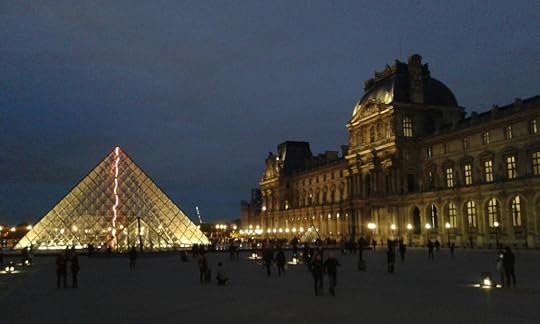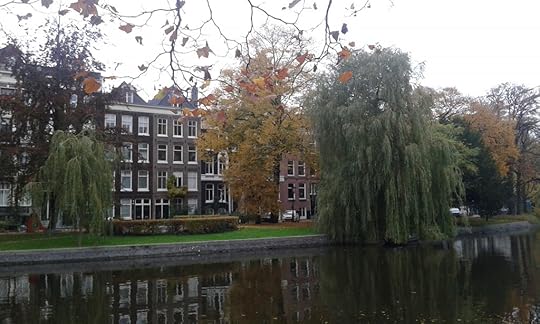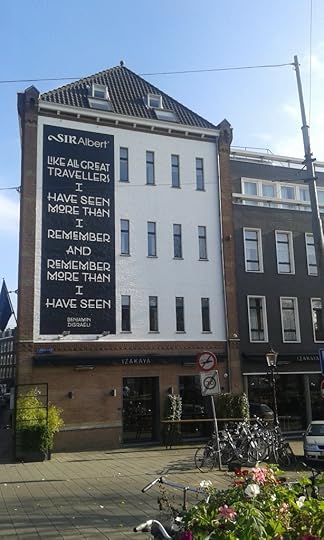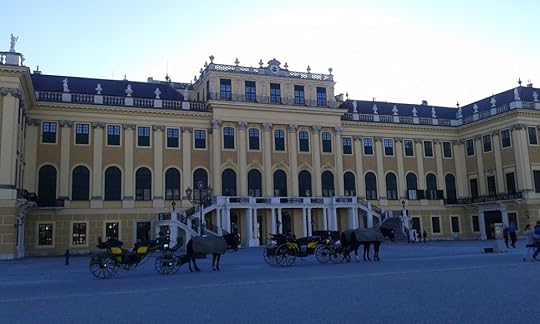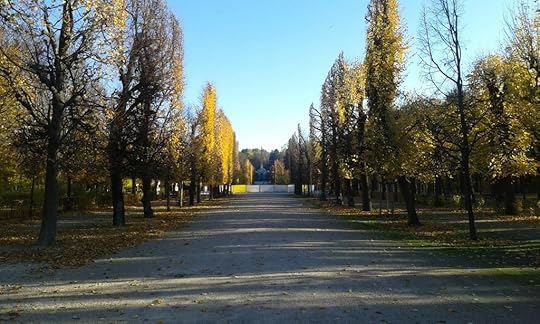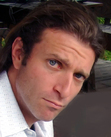Sherm Davis's Blog, page 3
January 16, 2016
Sherm on a Shoestring – Soundcloud
This set of original music on SoundCloud contains 7 songs and runs 24:47
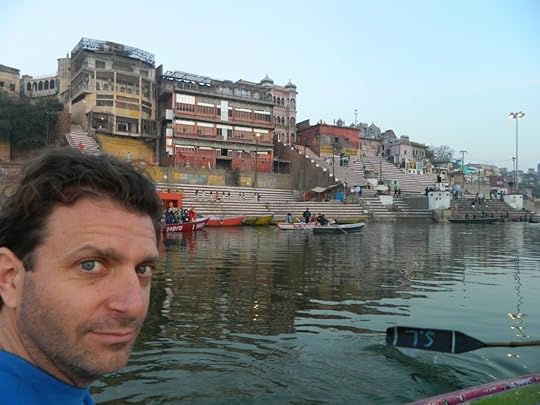
Sherm on a Shoestring – 7 songs
The post Sherm on a Shoestring – Soundcloud appeared first on Sherm Davis.
January 11, 2016
Rock & Jazz
After a week or two of Hanon & Czerny in the mornings, my fingers are feeling a little nimbler. Ran into Carlos Moreno, both of them, and the old band outside of Atlantis on Saturday night. Played a spontaneous gig with them, and the 40-minute sets literally felt like 15, the time flew by. Rock in English and Spanish, and a few cumbias for good measure when I get to play the muted trumpet sound on my old Roland. Lots of fun organ stuff with Santana, and EP Rhodes-style for Besame Mucho.
Then the jazzistas from Xela (Legatto) arrived on Sunday and Carlos invited me to Sunset to listen, then the Palapa. They are existential and really fun to listen to. Fusion trio of three Guatemalans under 30. They really cook…
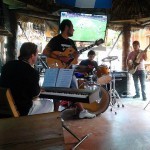
At the Palapa – Legatto. Sat in for a few tunes, “Breezin'” and “All Blues”” being the most notable.
The post Rock & Jazz appeared first on Sherm Davis.
January 6, 2016
New Year, New Book
The New Year has come and gone without too much fanfare. It’s been about two weeks in Guatemala and I am still downshifting, adjusting to the slower and more natural circadian rhythms. But in the meantime, I am pumping out the final version of my bilingual short story collection with surprising alacrity.
The work with the Spanish translatoers/editors is coming to a close, and the book should be finished by the end of January. With that said, I am not taking to LinkedIn (a first for me) to figure out the best way to market both my novel and this short story collection.
Stay tuned.
The post New Year, New Book appeared first on Sherm Davis.
December 17, 2015
Croatia: Medieval Modernity
Thanks to the wonderful Schengenraum 90/180 rule, I had to leave Vienna and go to Croatia for three weeks. In that time, I was enchanted most by the blue and beautiful Adriatic Sea, and the old towns of Split, Dubrovnik, and Zadar.
First, a quick history lesson. Croatia officially became an independent state in 1991 after the collapse of the Soviet Union and the fall of Yugoslavia. But in the 24 years, the culture has done its best to become European, with the women made up and teased out in high fashion and people sitting in cafés at all hours, when people in America would most definitely be working. In Split, where I spent the majority of my time, I began to wonder whether people had jobs with fixed schedules or just came and went as they pleased.
I began in Zagreb, the capital, which is a little grittier and the poverty leaks out of the edges of the new façade of the city. Zagreb had some architectural commonalities with Vienna, but on a much smaller scale. I did a lot of walking rather than sightseeing, but the Mimara museum was quite a treat, and the Cathedral was truly impressive. Walking around the hollowed out, traffic-free city center during VP Biden’s visit was an Orwellian experience. Two days in Zagreb was just about right.
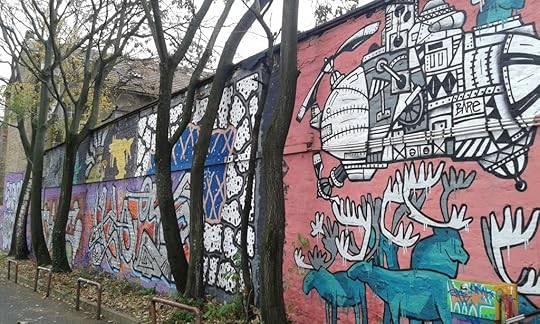
Split was the ancient home of Diocletian’s castle, and the entire area has been converted into an old city with high stone walls and narrow alleyways. The Adriatic is at its finestin Split, and the salt air and the smell of fish mingles with the sea breezes and the coffee and mulled wine so representative of the holiday season. I lived off of wine and bread, local cheese, local olives, local anchovies, and the veggies at the fresh outdoor market and once I treated myself to shrimp from the fish market. AirBnB led me to a great apartment on Marjan Beach outside the city center, and this was home for about 11 out of my 21 days.
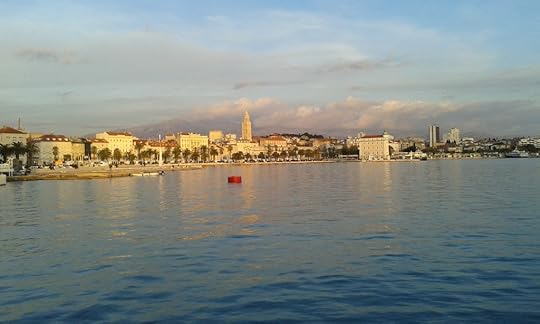
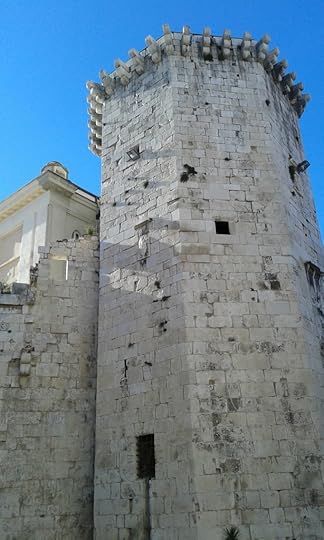
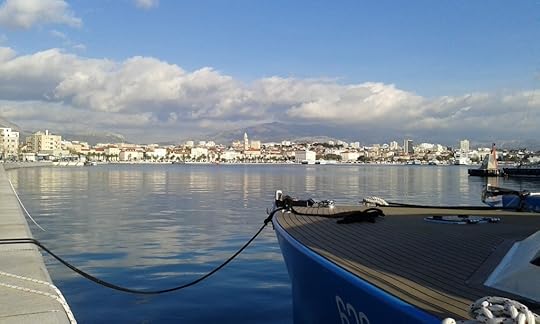
The fishing industry is alive and well in Split, and the fresh fish market is active every day until about 2pm.
Dubrovnik, further south and occupying a strategic corner geographically, has city walls with ramparts and what must have been an impregnable defense back in the day. Walking the city walls, something I had only ever done in Jerusalem, was a pleasure that was almost worth the 100 kuna ($13.50) I paid. Dubrovnik also has a synagogue, which was unfortunately closed for renovations.
Zadar had a more compact but no less impressive medieval Old City, and the Riva (sea promenade) boasted the Sea Organ, the coolest piece of organic architecture I have ever seen, and the only one I’ve ever heard.
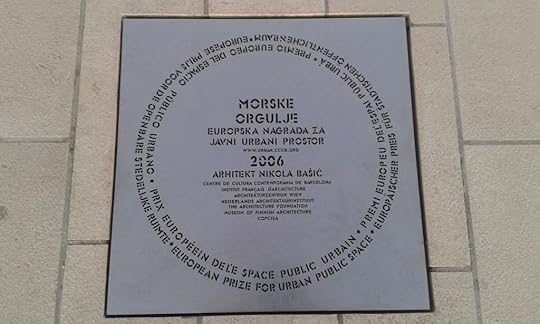
The video of the Sea Organ was too big to upload. See it on my Facebook site: https://www.facebook.com/eyebox.produ...
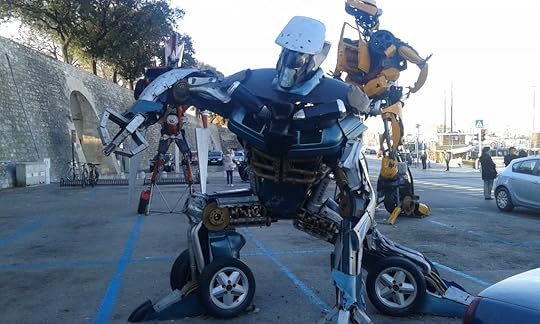
Defenders of the Old City
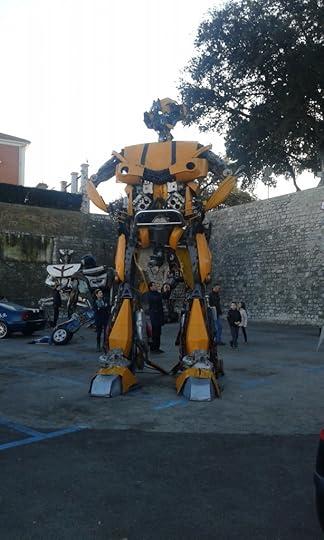
I also braved the freezing cold and frosty trails to explore Plitvice Lakes, a national park between Zadar and Zagreb. Photos will do more than words to describe it, and even then the photos don’t capture it all.
All in all, even in the low season (winter), Croatia is beautiful, and from what locals tell me, every year the summer brings more and more visitors. I didn’t even go the islands — many ferries and services close down for the winter. But for all the tourism, the people manage to keep the Adriatic blue and beautiful. Croatia was a unique and highly cultural experience, and its independence from the draconian Schengenraum agreement made it the ideal place to go while I waited in limbo. Today, a day trip to Bratislava, and then, next stop — Atitlán!!
The post Croatia: Medieval Modernity appeared first on Sherm Davis.
December 4, 2015
Coffee Cup
Normally I don’t post my writing, but I woke up this morning with a transition piece, a fragment that I brought over the waking threshold from Dreamland.
Coffee Cup
You look down at your coffee cup and see an elegant creamy porcelain which drinks in the sunlight as it cascades through the windows, tall panes of thick glass from another era that you don’t recall seeing there before. Moonlight Sonata, the first movement, is playing from somewhere on a real piano and you close your eyes for a moment to listen. As you do so, you see a white elastic cord behind your eyes, fraying slightly at its edges.
You open your eyes again and look to your right, where a young man, really more of a boy, sits in a ridiculous period costume and eyes you with the practiced courtly sophistication of a bygone era. The obviousness of his intentions disarms you, as you don’t remember meeting this boy and you are not sure how he came to be sitting at your table. For want of distraction you reach for your cup of coffee and are shocked to see long, painted fingers, tapered like those of a master violinist, gracefully pull the cup from its saucer.
The waiter comes just then, a bit older and better-looking than the boy sitting next to you, and he knows it. Holding what appears to be a pewter service tray, he asks you politely in a language you’ve never heard whether you’d like some more coffee. Understanding him perfectly, you look at his strong jawbones, his broad shoulders, and simply nod your head. In one deft motion of his wrist, he refills your cup and glides away, knowing your eyes will follow the sweep of his arc. You grasp the cup and its heat warms your hand.
The sonata’s sequence of diminished arpeggios fills your head and again you close your eyes, wishing away the boy next to you. When you close them, you again see the elastic cord, more frayed on one side now, being pulled taut in opposite directions by unseen hands.
When you open your eyes again, the boy is still there, and he takes your look for interest, batting his lashes in a coquettish, revolting manner. Ignoring him as much as possible, your eyes search the room, and there in the far corner of the café is the piano. An almost invisible old man with a jacket the same color as the curtains is pouring his soul into the sonata with his eyes closed. Transfixed, you stare at him, and as you do, he seems to melt away, wink in and out of existence, yet the music remains. He is near the end now, and as he plays the final C-sharp minor chords you close your eyes and the white elastic cord snaps and flies in two different directions, out of your field of vision.
Your eyes open again, and your right hand is clasped around a cold coffee cup. Your left hand, thick with calluses and oil stains, reaches up to scratch an itch beneath your stubbly beard.
The post Coffee Cup appeared first on Sherm Davis.
November 22, 2015
The Joy of Floating
I was first introduced to floating by my buddy Jim in Boulder, Colorado, in 1995. I began floating regularly, and the results were at first subtle, and then spectacular. Floating brought the inner and outer worlds into sharper focus, it helped with my stuttering, and perhaps most startlingly, it brought out my dormant other half. After a few months of floating once or twice a week, I began spontaneously writing with my left hand, and I am still ambidextrous 20 years later.
Before this time, my only exposure to floating was the movie Altered States, which is a bit of a stretch from the true experience of being in the tank. Reading John Lilly’s pioneering work into the journey of consciousness which the float tank makes clearer and sharper, and then Michael Hutchison’s somewhat more accessible work, was only the beginning. The true work takes place in the tank, floating on your back in the darkness with 800 pounds of epsom salts keeping you afloat. You literally close the lid, and away you go…
After leaving Colorado for New Mexico in 1996, I only floated now and then, but I met Michael Hutchison in Santa Fe around 1997 and floated at his place. Then, for quite awhile I stopped floating, only going once or twice to Fort Collins where Jim had located a tank. Then time passed, and although I didn’t actively float, I never forgot about it, and always followed Jim’s floating journey, as his health issues and the pain he experiences are best mitigated through floating. He had a tank in his apartment in Boise, and floated regularly for a long time before finally selling the tank last year.
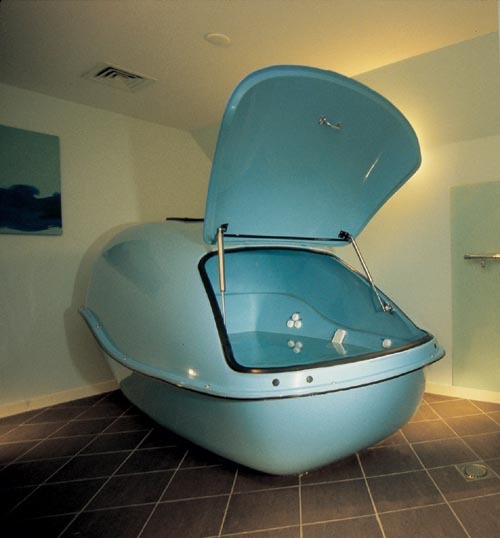
Koan Float Center, Amsterdam – state-of-the-art floating facility.
Jump to 2015. I am teaching in Vienna and I go to Paris for a training, which dovetails into Austrian Independence Day and a week-long vacation. I go from Paris to Amsterdam, and while biking around the city I run into Koan Float Center – a godsend! I float once, and remember instantly what it was like, the relaxation, the stress release, the journey. I float again a few days later and resolve to find a tank in Vienna.
There is one – an old-school Samadhi tank operated by a guy who uses it mostly for himself but rents it out cheaply if you know what you’re doing and don’t need his assistance. It’s in a basement room and it’s definitely not for beginners. I have floated seven or eight times in the past month, and the clarity and the equipoise is astounding.
I’m having all kinds of visa issues here in Austria, and my job and my future in Europe is in serious jeopardy. US citizens are allowed only 90 days out of every 180 in the EuroZone, and my time is running out. The whole story is irrelevant — the point is that throughout this entire debacle I have been clear, focused, and able to see the situation from all sides, which enables me to see the issues clearly and make decisions accordingly. My stress levels, which should be through the roof if I am really leaving, are almost nil, and my body and mind feel lithe and fluid, even though I am not exercising nearly enough. For this peace and clarity, I have floating to thank.
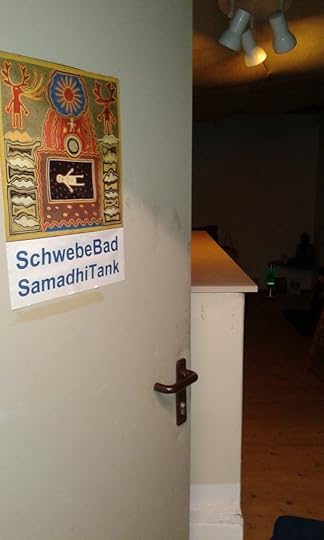
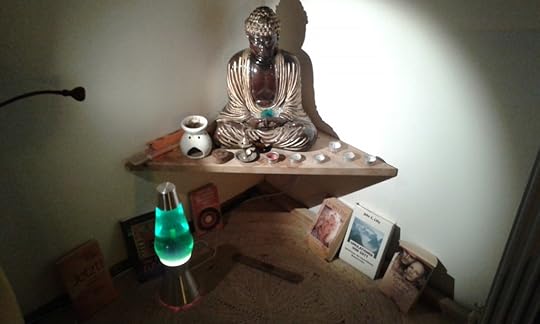
If this sounds like an infomercial, it is. Most big cities (and some smaller ones) have float centers, and if you’ve never tried it, get yourself inside a float tank and take the journey of a lifetime — your lifetime. You won’t regret it.
The post The Joy of Floating appeared first on Sherm Davis.
November 15, 2015
Reflections on Paris
After this week’s attacks in Paris, several things have crossed my mind. Though it is difficult to sort out any of this in a meaningful and rational way, it is important to try.
First of all, one of the attacks (Rue de Charonne) occurred in the 11th arrondisement not six blocks from where I stayed for my IB training less than a month ago. The area near the Bastille was my home for my four nights in Paris, and the proximity is unnerving on a personal level.
On a transpersonal level, it is obvious that the Syrian debacle (which is just another outgrowth of Iraq/Afghanistan/Libya/Yemen/etc., and has unleashed a flood of refugees into Europe), is out of control, and that inaction is just as disastrous as action. It gives a pacifist pause to realize that someone needs to stop these people, and that turning the other cheek is not going to work in this situation.
Living in Vienna, where many refugees have passed through or stopped to live, this is not just another abstract conflict happening far away overseas. On the other hand, even though I am a little closer to the source than my American compatriots, my daily life is consumed with a demanding job that takes up much of my time, even my free time, which goes to grading and preparing for future lessons. Even as a socially conscious person, I feel like the rigors of daily life preclude me from direct action in any meaningful way. Imagine if I had children to take care of also! My point is that overall, professional people in the developed world have very little energy left over to give to social causes, and therefore the responsibility for action/inaction shifts to military and governmental agencies. After this latest wave of attacks in France, it’s a certainty that a military escalation is coming in the near future. Sadly, I can’t fault the military for wanting to strike back.
Right now, Europe is caught between its own pseudo-liberal stance on human rights and the overwhelming burden that the refugees place on their economies. Superficially, Europe likes to think it’s progressive and will accept all refugees. Economically and demographically, this is obviously impossible for many reasons. But these attacks in France will have the inevitable consequence of tightening borders, which will bounce the refugee burden back to countries like Sweden, Germany and Austria, who are already struggling to cope with the refugees they’ve already accepted.
And the US? Will they join France in “destroying” the terrorist movement they inadvertently helped to create? Seeing how the US answer to everything is military intervention, I would think so. Which means we’re in for another cycle of violence and retribution, attack and revenge. A sad prognosis, but letting these attacks go unpunished is not a viable option, either.
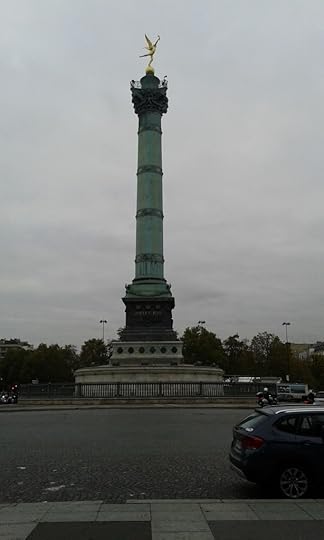
The Bastille – neighborhood where one of the attacks took place.
The post Reflections on Paris appeared first on Sherm Davis.
November 7, 2015
Paris, Amsterdam, Vienna
Back in Vienna after my first holiday break. An IB music training in Paris, followed by a quick trip to Amsterdam. In Paris, I was lucky enough to see the Moulin Rouge, as well as the Louvre, both of which I missed when I was in Paris for 9 days back in 2002.
Amsterdam was wonderful. There is a float center there, and I floated twice – something I hadn’t done in years! For anyone who has never floated in an isolation tank, there is nothing quite like it. I highly recommend it.
Explored the city mostly on bicycle, and then spent two hours on line for the Anne Frank house – which I have to say was a total letdown. The space is basically vacant (at Otto Frank’s behest), and though there are informational plaques scattered throughout the space, for anyone who already knows the story, the museum/house itself does little to increase knowledge or understanding.
Then back in Vienna, the chilly fall is well underway. But in Vienna and Amsterdam especially, the fall colors are rich, vibrant, beautiful. Been too busy to blog, but now on a crisp Sunday morning, there’s a little time.
The post Paris, Amsterdam, Vienna appeared first on Sherm Davis.
October 8, 2015
Balance and the IB
Hard to believe it’s already been more than a month in Vienna. Although I’ve been out a few times, life has been for the most part subsumed with work. I’m not starting the music program from scratch, but it’s pretty damned close. And because it’s an IB school, and I’ve never worked at one before, there are very specific requirements, all of which I am learning from scratch. Without boring you with all the details, one thing the IB Learner Profile stresses is “Balanced” — that students should have a balanced life intellectually, physically, socially, emotionally. I am wondering if this applies to IB teachers, because I should be enjoying my free time way more than I have been able to do. Even so, a few photos from around the city.
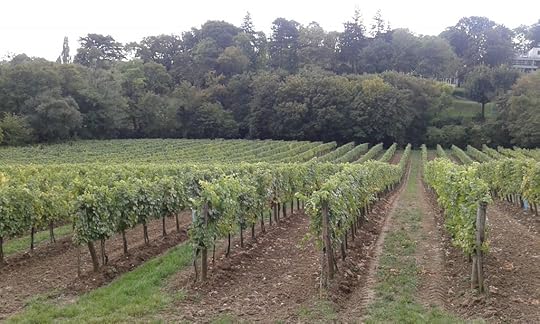
Vienna vineyards
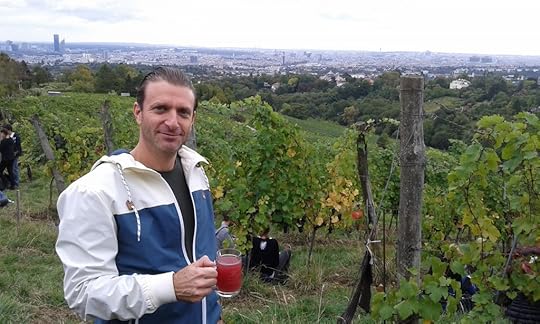
Drinking Rotstürm, a cloudy fall wine, seasonal. It comes in white, too.
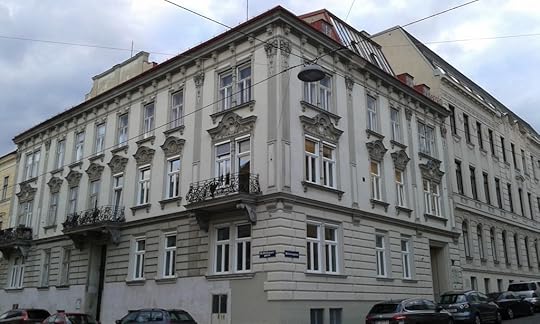
My apartment building, 18th district.
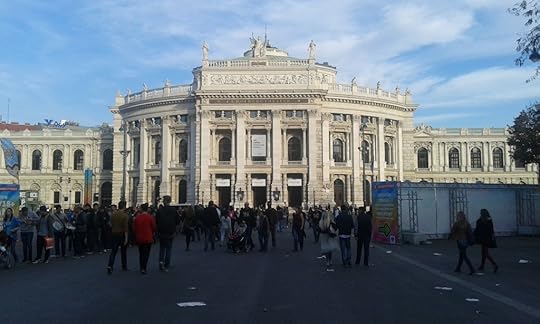
Hofburg
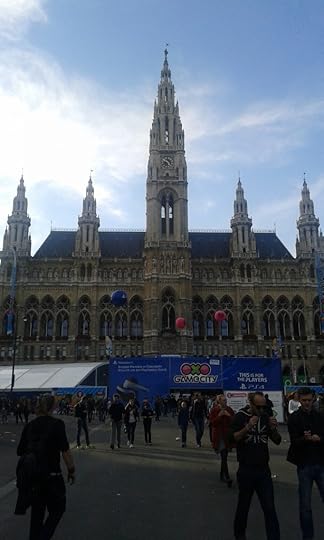
Gaming exhibition outside the Rathaus
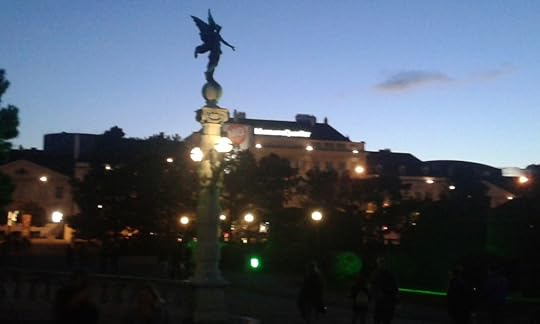
MuseumsQuartier at dusk
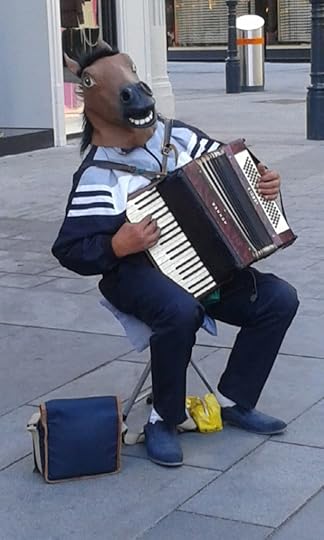
Ummm…..
The post Balance and the IB appeared first on Sherm Davis.
September 27, 2015
Rate of Change
Waking up to a Sunday morning with hot coffee and a homemade breakfast in my apartment. And that’s saying a lot. After the whirlwind of coming to Vienna and immediately jumping into a job sight unseen, I haven’t had a chance to unwind, relax, or have a space to call my own.
But through cosmic coincidence I did manage to find an apartment, and I am almost moved in – meaning that most of my stuff is here but there is work to do to make this apartment my home. This modern life gives us the gift of travel and the ability to observe, interact with, and be a part of several different cultures within the span of a lifetime. That is beautiful. I am now teaching in my fifth country on my fourth continent (5th if you count Central America), and I consider myself blessed to be able to hang my hat in Europe for awhile. But I this morning I realized that in the past three months I have used four different SIM cards in my phone — China, USA, Guatemala, and Austria. Thank you Hong Kong, for producing & selling unlocked phones for the world-weary traveler!
I also realized somewhere along the way that traveling in space also means traveling in time. Vienna is older than god, and my apartment, a simple dwelling, is over 100 years old and it is in a part of the city (18th District) that used to be a village! So there are places much older, that have withstood the slings and arrows of human history. Vienna is grand, stately, civilized like nowhere else I have ever been. The streets are clean and the people respect — nay, revere — their artists. I can’t wait to get settled and take the opportunity to see the best the world has to offer in classical music, as well as the jazz and other music that comes this way. But for now, for next weekend – Oktoberfest Vienna!
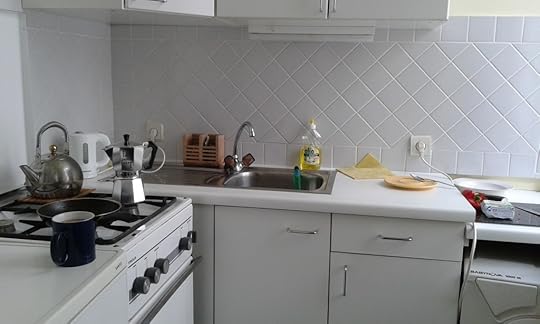
The simple things – morning coffee in my own apartment.
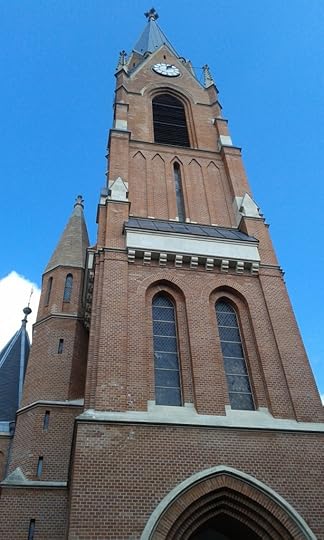
Steeple of the church in the Bischof Faberplatz, up the block from my place.
The post Rate of Change appeared first on Sherm Davis.

